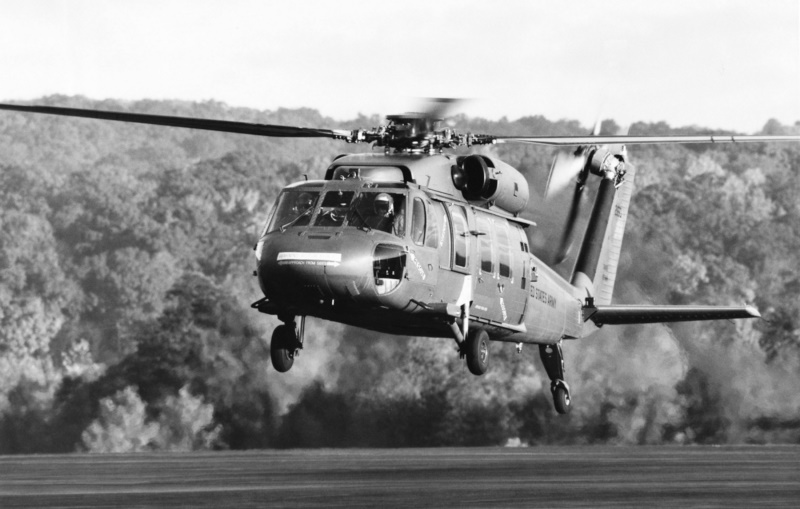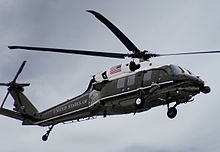High-Performance Multi-Role Rotorcraft Featuring Advanced Cabin Technologies and Integrated Sensor Systems
The world of rotorcraft technology has seen remarkable innovations in current times, especially in the world of high-performance multi-role rotorcraft equipped with sophisticated cabin technologies and flawlessly integrated sensor systems. In the adhering to conversation, we will explore the evolution of rotorcraft modern technology, delve right into the world of advanced cabin technologies, and examine the effects of incorporated sensor systems on the operational flexibility and efficiency of modern rotorcraft.
Development of Rotorcraft Modern Technology
The evolution of rotorcraft technology has been noted by substantial advancements in the rules of aerodynamics, materials, and propulsion systems, forming the capabilities and performance of modern-day rotorcraft. Wind resistant improvements have actually boosted the efficiency and maneuverability of rotorcraft, permitting boosted speed, agility, and stability throughout trip (sikorsky s 70). Advancements in materials, such as using composite materials and advanced alloys, have actually resulted in lighter yet more powerful rotorcraft structures, enhancing general performance and durability. Additionally, innovations in propulsion systems, consisting of more effective engines and ingenious propulsion innovations, have made it possible for rotorcraft to achieve higher elevations, faster speeds, and better hauls.
These developments have not just transformed the capacities of rotorcraft yet have additionally increased their applications throughout various markets, including military, business, and emergency services. The constant evolution of rotorcraft technology remains to drive technology in the field, pushing the borders of what is feasible and forming the future of upright trip.
Advanced Cabin Innovations
Structure upon the foundational advancements in aerodynamics, products, and propulsion systems, the realm of rotorcraft innovation currently shifts focus in the direction of pioneering Advanced Cabin Innovations. The integration of innovative innovations within the cabin atmosphere plays a vital function in boosting the functional capabilities, safety, and effectiveness of modern rotorcraft. sikorsky s 70. Advanced Cabin Innovations include a vast array of features created to offer pilots with improved situational understanding, streamlined data administration, and intuitive control user interfaces
Among the key advancements in cockpit design is the implementation of glass cockpits, which replace traditional analog assesses with high-resolution screens. These electronic systems use customizable formats, real-time information combination, and enhanced readability, allowing pilots to accessibility crucial information at a glance. Advanced avionics systems, such as fly-by-wire controls and boosted reality display screens, are reinventing exactly how pilots engage with the aircraft, allowing for specific control and improved decision-making abilities.


Integrating sophisticated cockpit developments not only enhances pilot efficiency however likewise contributes to total mission efficiency and security in complex operational settings. By leveraging state-of-the-art innovations within the cockpit, rotorcraft manufacturers are establishing new requirements for operational excellence and goal success.
Integrated Sensing Unit Solutions
With the evolution of rotorcraft innovation, the integration of advanced Integrated Sensing unit Systems has actually come to be extremely important in enhancing operational efficiency and safety and security. These Integrated Sensing unit Systems encompass a large variety of modern technologies that provide critical information for various features such as navigating, monitoring, targeting, and ecological monitoring. By perfectly incorporating sensing units like radars, cams, lidar, and infrared systems right into rotorcraft, operators can benefit from boosted situational understanding, enhanced objective capacities, and lowered pilot work.
One trick advantage of Integrated Sensing unit Systems is their ability to collect real-time data and offer actionable insights to pilots and objective operators. Progressed radar systems can discover and track targets over long ranges, allowing for very early risk discovery and effective feedback preparation. In addition, incorporating electro-optical and infrared electronic cameras enables rotorcraft to perform reconnaissance and surveillance missions with accuracy and accuracy.
Basically, the assimilation of sophisticated sensing unit innovations into rotorcraft not only enhances operational effectiveness yet likewise adds considerably to total mission success and crew safety and security. As rotorcraft remain to evolve, the role of Integrated Sensor Solution will most certainly stay at the center of advancement in the aerospace sector.
Operational Convenience and Performance
Enhancing functional adaptability and effectiveness in rotorcraft is a natural development from the integration of innovative Integrated Sensing unit Equipments. By leveraging the understandings and data supplied by these advanced sensing unit systems, rotorcraft can optimize their performance throughout different goals and atmospheres.
Operational flexibility includes the ability of rotorcraft to adapt to different functions and situations successfully. With advanced cockpit modern technologies and incorporated sensing unit systems, rotorcraft can flawlessly change between tasks such as search and rescue, medical emptying, security, and a lot more. This adaptability improves the rotorcraft's capability to meet diverse operational requirements without requiring considerable reconfiguration.
Efficiency in rotorcraft operations is critical for optimizing mission performance and source usage. Integrated sensing unit systems play a critical function in enhancing functional efficiency by offering real-time information on weather conditions, surface mapping, target monitoring, and more. This information enables pilots to make informed choices swiftly, optimize flight paths, save fuel, and enhance general goal efficiency.
Effect on Modern Aviation Procedures

Furthermore, the combination of innovative sensors assists in enhanced mission planning and implementation, making it possible for rotorcraft to do a variety of jobs with enhanced accuracy. From search and rescue procedures to airborne firefighting and police objectives, the capabilities of contemporary rotorcraft furnished with innovative cabin modern technologies and incorporated sensor systems are unparalleled.
In addition, the effect of these advancements prolongs beyond functional effectiveness to cost-effectiveness and sustainability. By maximizing flight paths, fuel intake, and maintenance routines, high-performance rotorcraft geared up with sophisticated cabin technologies and sensors contribute to decreasing functional expenses and ecological impact, making them indispensable possessions in contemporary review aviation operations.
Conclusion
Finally, the high-performance multi-role rotorcraft with sophisticated cockpit modern technologies and incorporated sensing unit systems stands for a substantial advancement in aviation modern technology. These technologies enhance operational versatility and effectiveness, eventually influencing modern aeronautics procedures in a positive way. The assimilation of these advanced technologies enables boosted capabilities and efficiency in numerous mission scenarios, showcasing the continued development of rotorcraft modern technology in the aeronautics sector.
The realm of rotorcraft technology has actually seen significant advancements in recent times, specifically in the realm of high-performance multi-role rotorcraft outfitted with advanced cabin technologies and effortlessly integrated sensor systems. From improved goal convenience to enhanced functional efficiency, the convergence of advanced cabin technologies and integrated sensing unit systems has actually ushered in a new age of opportunities for rotorcraft applications. In the adhering to conversation, we will explore the evolution of rotorcraft innovation, dig into the world of innovative cockpit innovations, and check out the ramifications of incorporated sensing unit systems on the operational adaptability and performance of modern rotorcraft.
